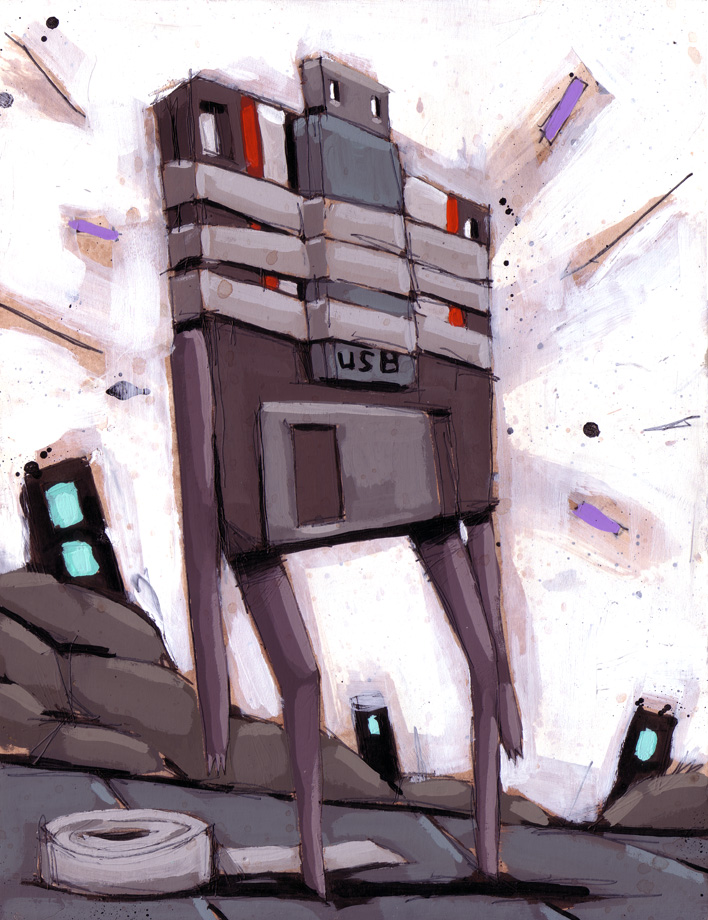
Killing Time, Ricky Swallow. Source: Ricky Swallow website photo: Karl Schwerdtfeger
The National Gallery of Victoria is currently hosting
The Bricoleur,
Ricky Swallow’s first major exhibition in Australia since 2006. Curated by Alex Baker the exhibition includes Swallow’s sculptures of crafted wood and bronze as well as the artist’s lesser-known watercolour series. Swallow is an Australian Artist who currently resides in California. His
Killing Time (2003-04) piece (pictured), which features as the final masterpiece in this exhibition, was tremendously popular in the 2005 Venice Binnale, and was arguably his the turning point of his professional career.
The exhibition touches on several themes of the body, both of human and animal forms and the ideas of death as well as exploring the idea of permanence through objects. These themes do not however illicit a morbid mood or sadness associated with such ideas, rather the works united in this space seem to communicate with each other and the audience creating a relationship between the existing and the portrayed memory. Juxtaposed into a continuous story of the artist’s own thoughts and memories, the exhibition ends with the pieces
Salad days (2005) and
Killing time the later depicts a kitchen table with a bounty of fish and crustaceans it stylistically resembles classic paintings of 17th Century still life. As has been sited by a number of critics this work is a reproduction of the Swallow family kitchen table of the artist’s youth in San Remo, Victoria. The work is ubiquitous with autobiographical reference. It not only represents an object from Swallow’s past, but also the profession of his father, a fisherman.
Overall the exhibition is successful in its presentation, as the artist works directly with the curators. Swallow’s meticulous nature is clearly evident in the illumination of the works, revealing fine distinction of form and texture. This exploration of texture is spell binding as the formal qualities of the object are thrown off by the illusion of softness. Representation of cloth items, balloons and the human body is hyper real. One cannot help but feel the weight of the object is one which is being depicted rather than that of it s true form of wood.
In fact the sensual qualities of the works are spell binding, as one feels the urge to touch the seemingly frozen in time objects. As one makes their way through the space, this kind of tension builds. The
Killing time piece had people approaching it from all sides and waiving their hands and fingers over it in a manner too close for comfort. As one NGV staff member said, there is a lot of monitoring of this exhibition as people consistently comment on the desire to touch these objects.
Before entering into the final gallery space Swallow has arranged
Caravan (2008) a newer work consisting of his barnacle-encrusted balloons executed in finely brushed, golden, glowing bronze. Like the wood sculptures the viewers perception of the real form is challenged by the representation in bronze. Another set of works in this space is the wall pieces of bronze castings of found archery targets. The physical forms of the holes made by the arrows resemble the barnacles of the Caravan piece.
The Bricoleur offers viewers a number of thematic avenues for exploration. Primarily however it is a display of master craftsman ship and an important aesthetic experience.


